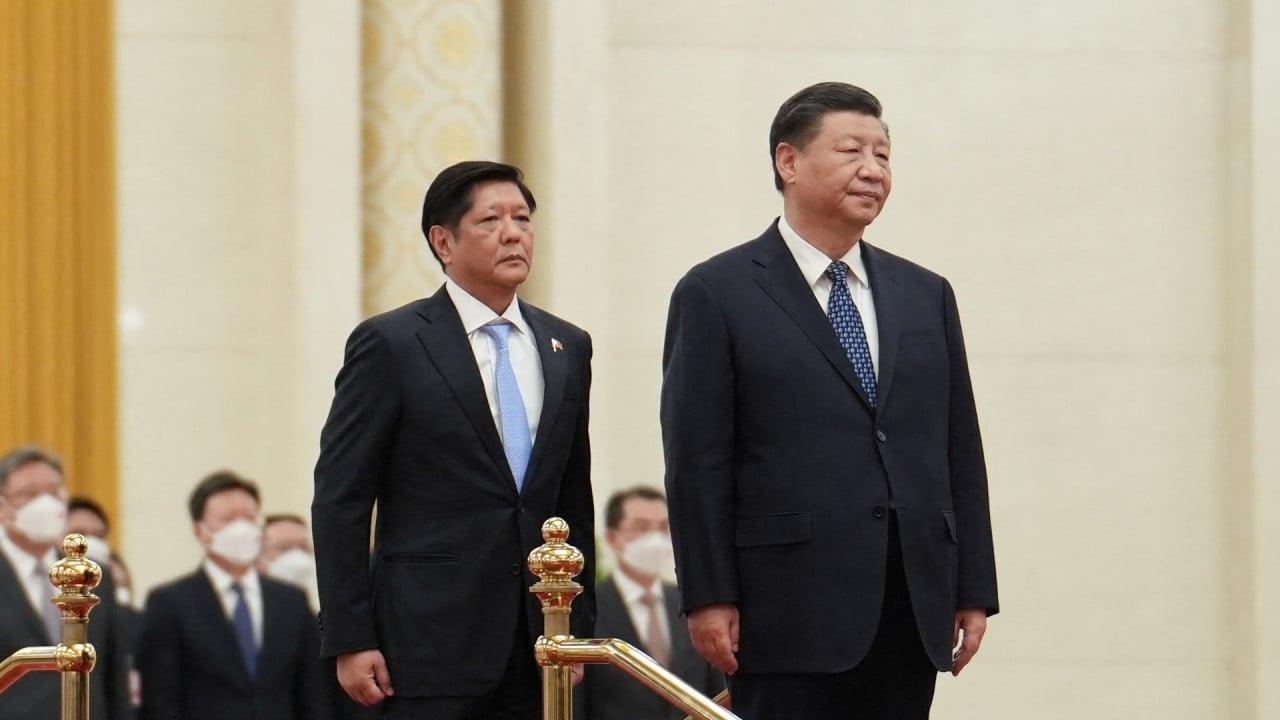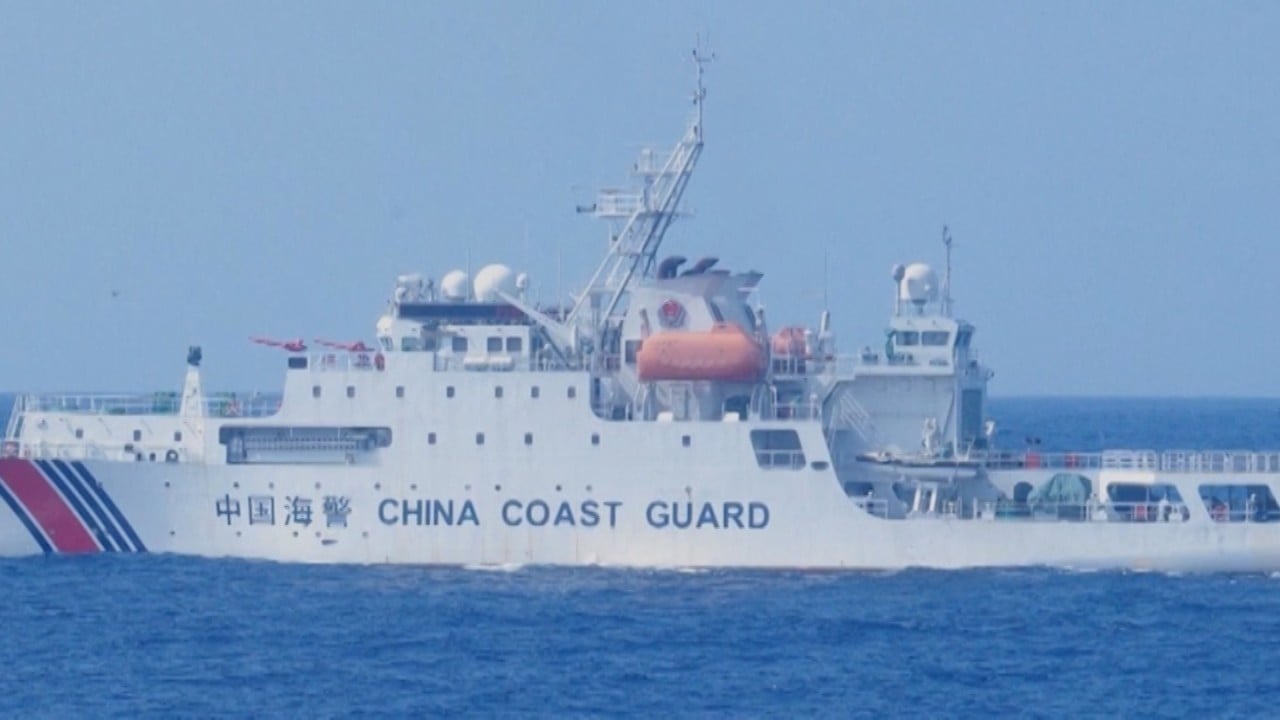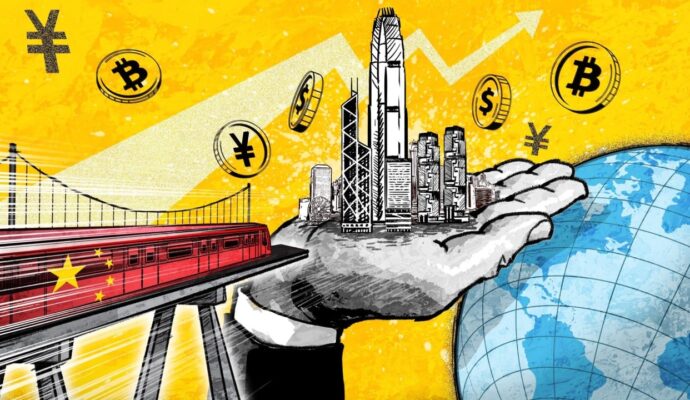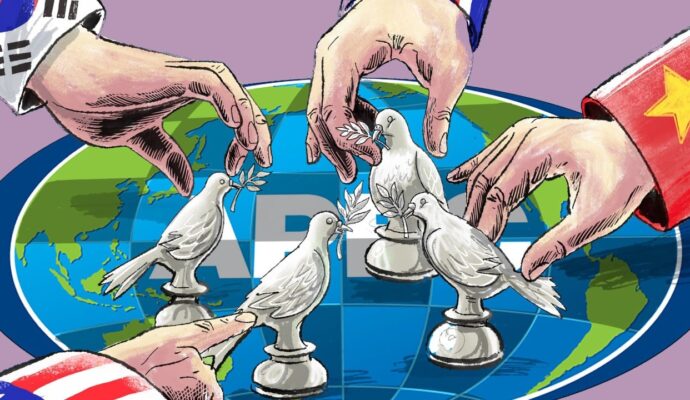
While the Indonesian zone will focus on fisheries, the food industry and infrastructure as areas of cooperation, the Philippine zone will prioritise the petrochemical industry, agriculture and poultry processing, as well as investment in innovation and digital trade.
“China and Asean countries will take advantage of complementary economic and trade cooperation [to] explore … cooperation models of their deeply integrated industrial chains, supply chains and value chains, and build a new high ground for economic and trade cooperation and exchanges,” a ministry spokesman said in a policy interpretation statement on Tuesday.
Apart from the Philippines and Indonesia, the 10-member Association of Southeast Asian Nations includes Malaysia, Singapore, Brunei, Thailand, Vietnam, Cambodia, Laos and Myanmar.
Proposals for building the “demonstration zones for innovative economic and trade development” with Indonesia and the Philippines – Southeast Asia’s two most populous countries – had been under discussion for a while and were approved in January.
However, the details were not made public until this week, as tensions mounted over the South China Sea, a strategically important waterway and potential regional flashpoint where Beijing has territorial disputes with several Asean members.
Tensions have run high since the Philippine coastguard on Monday accused a Chinese vessel of shining a “military-grade laser light” at one of its boats near a disputed South China Sea reef, temporarily blinding crew members.
Manila filed a protest with the Chinese embassy the following day over what it called “acts of aggression by China”. The US backed Manila’s claim, saying the Chinese action was “provocative and unsafe”.
Beijing has defended the coastguard engagement as “professional and restrained”.
The Philippines and Japan, both treaty allies to the United States, have also agreed to deepen economic and security ties, as announced by Philippine President Ferdinand Marcos Jnr during a trip to Tokyo last week, in a move likely to rattle Beijing.
Marcos Jnr and Japanese Prime Minister Fumio Kishida “expressed serious concerns about the situation” in the East China Sea and South China Sea and “strongly opposed actions including force or coercion that may increase tensions”, a joint statement released after their meeting in Tokyo said, without directly naming China.
Chinese claims over most of the resource-rich South China Sea overlap with those of a number of Southeast Asian countries, including Vietnam, the Philippines, Malaysia and Brunei.
Indonesia has no territorial disputes with China but often clashes with it over fishing rights off Natuna Islands in the southern section of the South China Sea.
According to documents released by the Commerce Ministry, the two economic zones are part of a commitment made by Chinese President Xi Jinping in November 2021, when he pledged to “enhance trade and investment liberalisation and facilitation” as China and the Asean marked 30 years of diplomatic ties.
Asean has been China’s largest trading partner since 2020, partly as a result of Beijing’s efforts to diversify exports to offset trade pressure from the US.
The two sides are also part of the Regional Comprehensive Economic Partnership, the world’s largest free trade agreement involving 15 countries – including Japan, South Korea, Australia and New Zealand – and accounting for 31 per cent of the global GDP.
Earlier this month, China and Asean announced the launch of a new round of talks to upgrade the RCEP to cover commodity trade, investment, and the digital and green economies.



